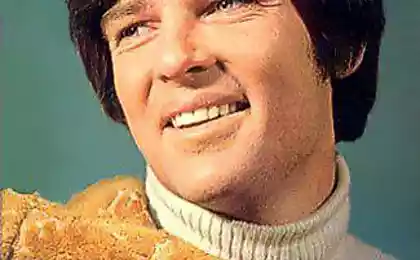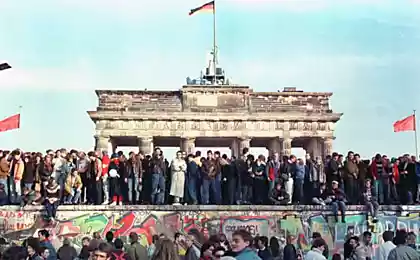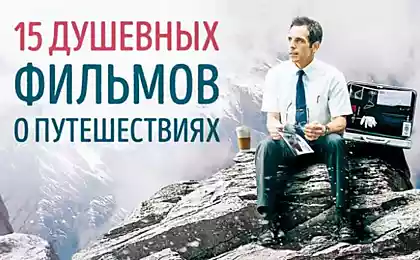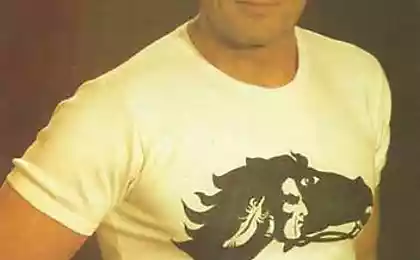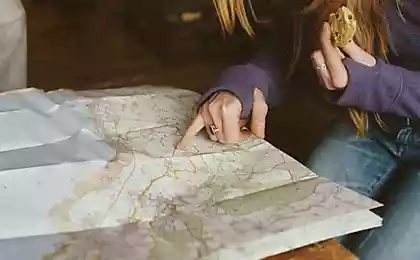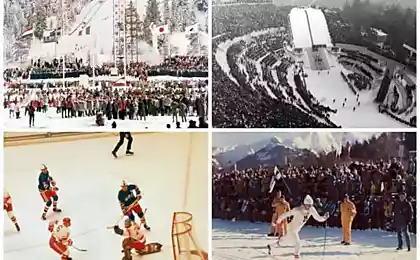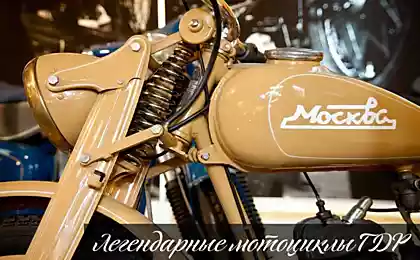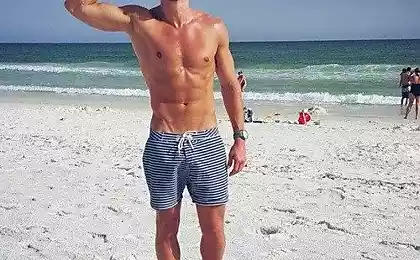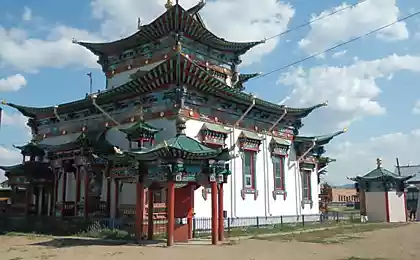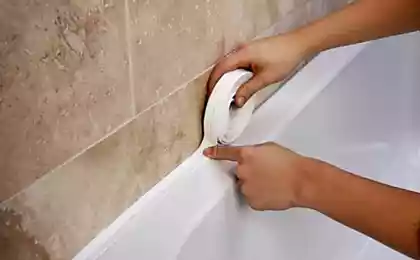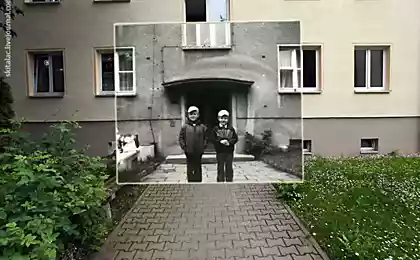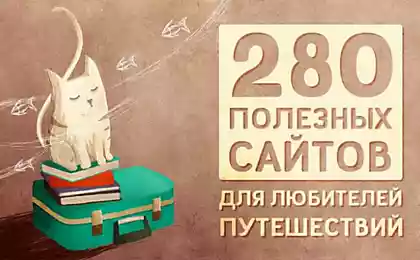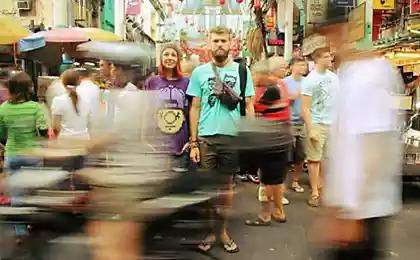998
Travel in the GDR. Life behind the wall
Edward Gavayler writes: "While in Berlin, one way or another, faced with the past of the city related to the Wall and the GDR. German youth and foreigners no longer have any idea or have a distorted understanding of the times in Russia, so far scoop occurs quite often and in many different ways. Today we go on a journey through the country of the past, back to Socialism. I will not tell you what a political regime of the State of the Democratic Republic of, I will not talk about what was good or bad in the GDR (as well as in the USSR), I'll just show how people lived. Influence of the state under the dictatorship of a lot stronger than in a democracy, in spite of that, even under the dictatorship of the people have time to laugh, love to play. Let's fast forward to 30-40 years ago. "
45 photos under the cut via Edward Gavayler
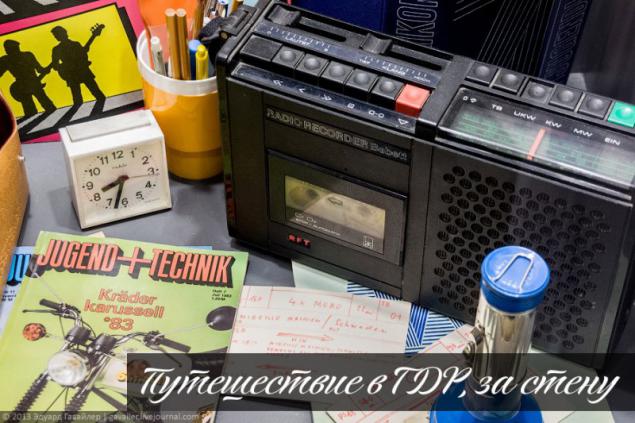
1. In order to experience the atmosphere of the time, we go to the Museum of the GDR.
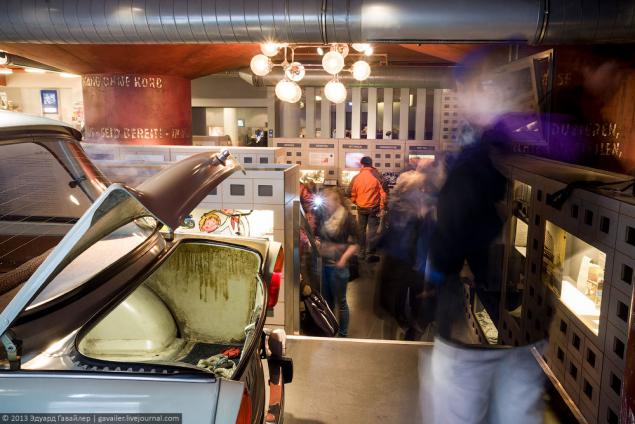
2. The unconditional surrender of the German armed forces May 8, 1945, the formation of the Soviet Military Administration (SMAD), the division of the country into zones of occupation - key events, who founded the socialist German Democratic Republic, which was founded on Oct. 7, 1949.
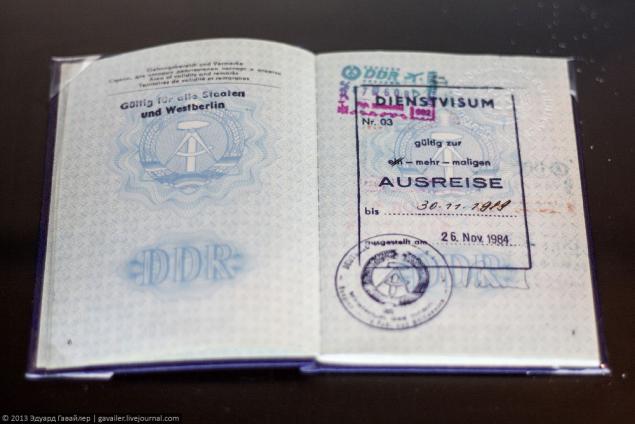
3. How do people live? About as well as in the Union
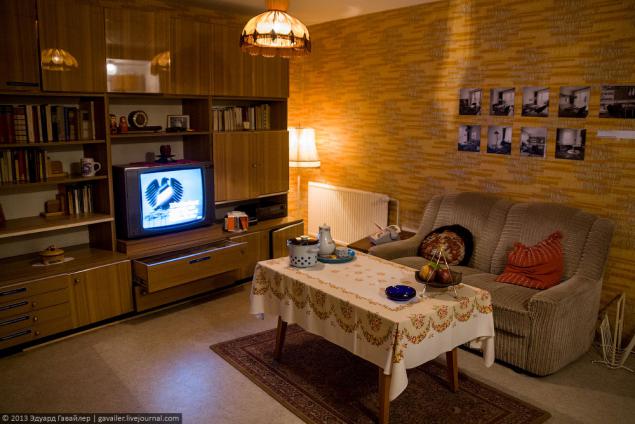
4. The typical furnishing of the time (in fact, we have now a lot of these)
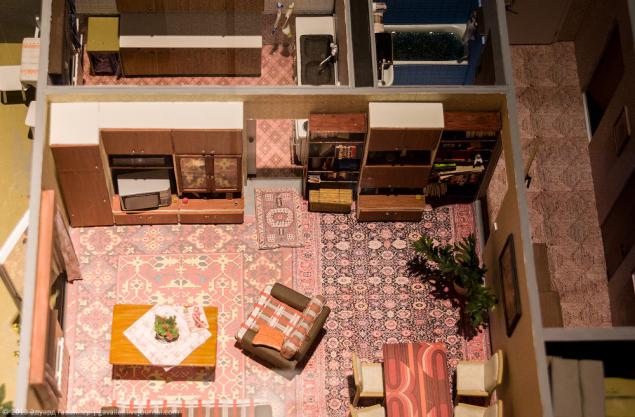
5. They taught Russian language
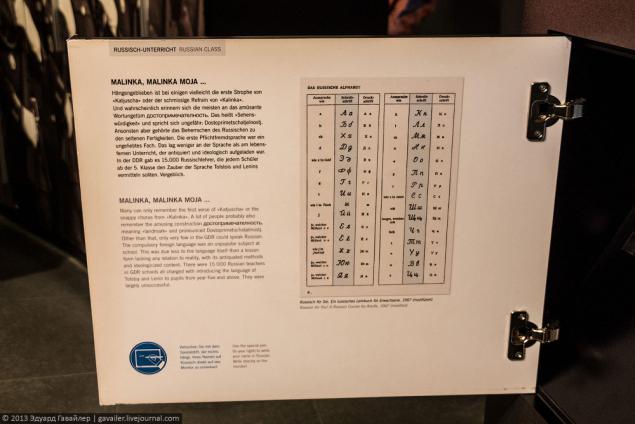
6. sometimes looked "Frost" on TV "Youth»

7. As part of the Peoples' Friendship corresponded with the citizens of the USSR.

8.
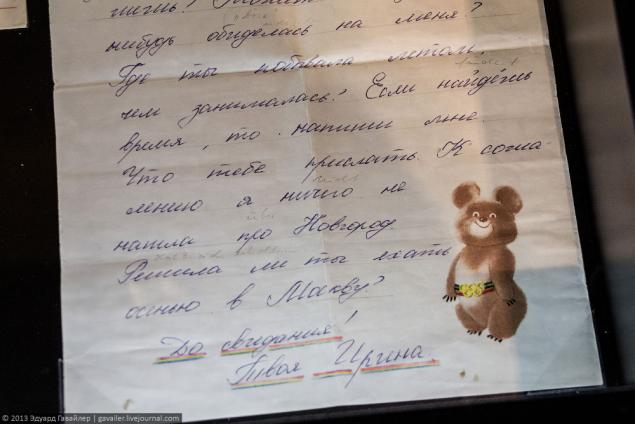
9. wardrobe.

10. "Our 'toilets.
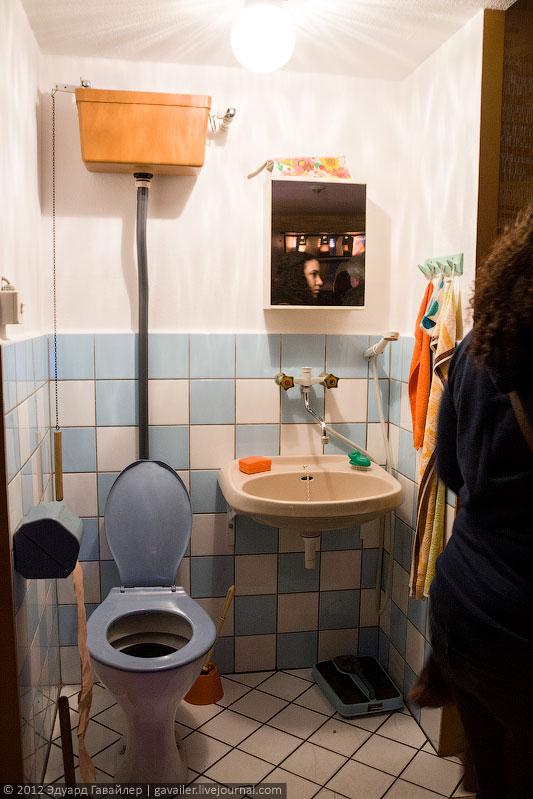
11. Foreigners walk, marvel.
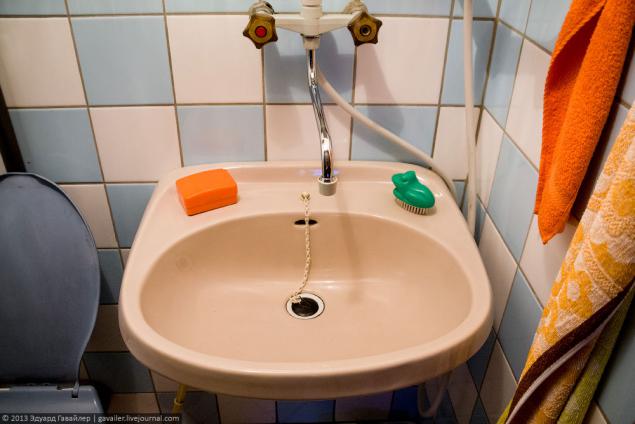
12. In the kitchen. The exposition informs on March 8 (however, hinting).
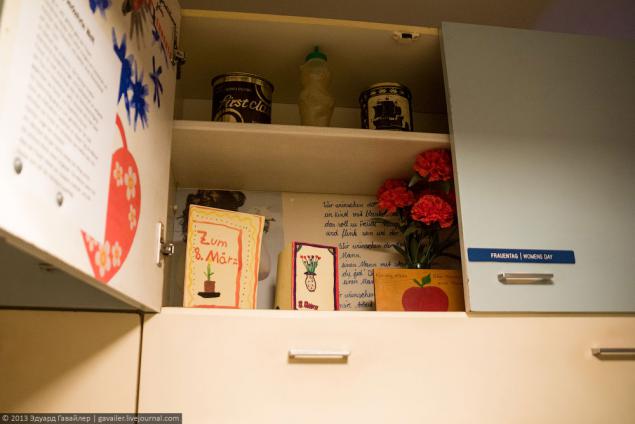
13. Siphon for making soda water. We had blue, and you?
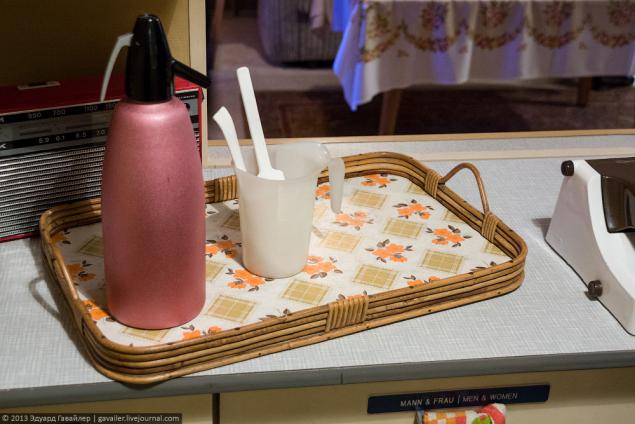
14. We went mainly on satellites (it. Trabant), in second place were Wartburg (German. Wartburg), the third - Lada
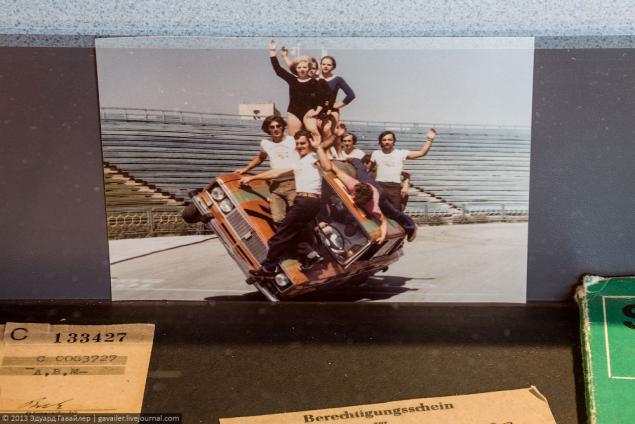
15.

16.

17. Favourite transport ministers

18. My favorite kids' transport
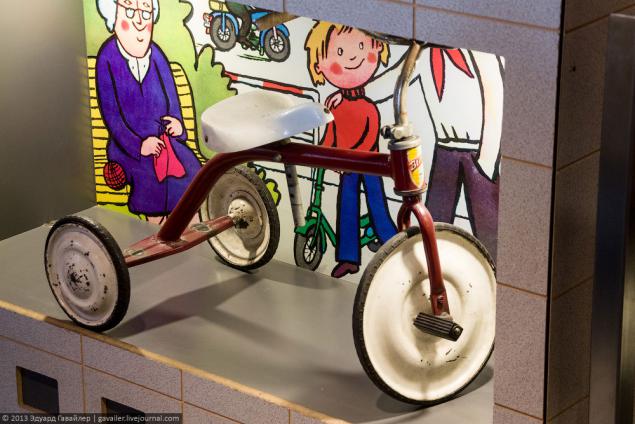
19. Toys
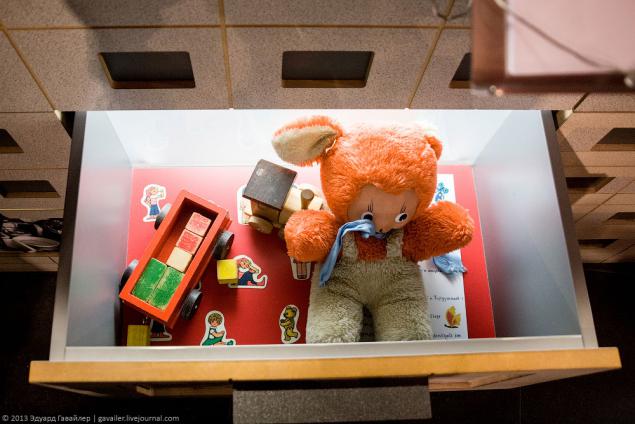
20
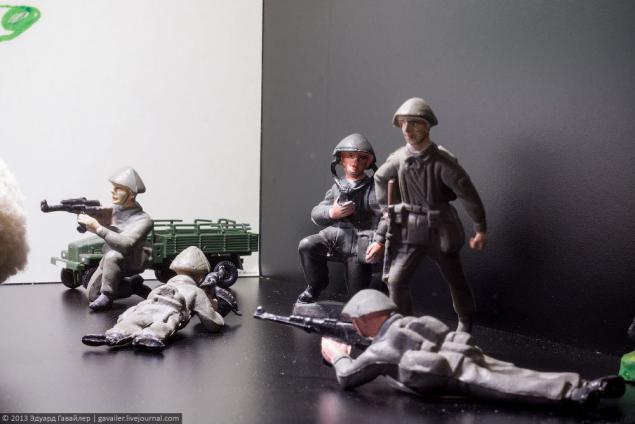
21
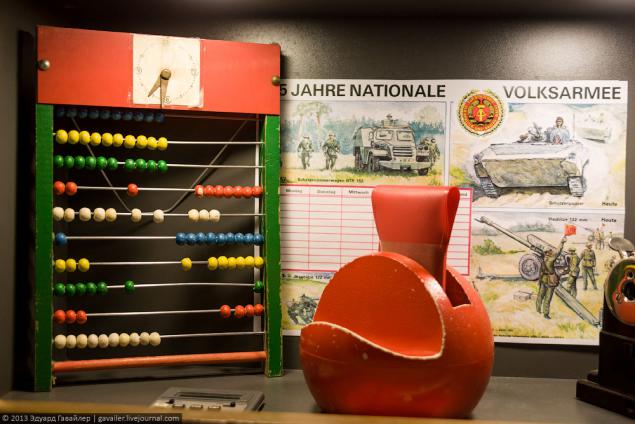
22. Germans from the GDR knows Lenin's phrase "Study, study and study again." Employment - the main part of his life, she was at all. Who does not work - the "do not eat" and was harmful to society.
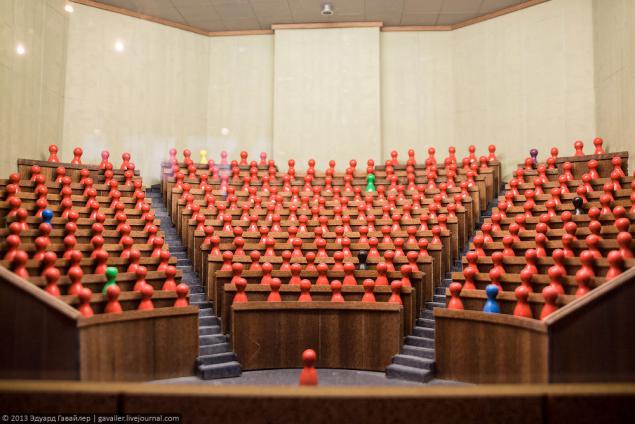
23. In the museum you can learn about all aspects of GDR citizens about the pioneers, about naturists (FKK), about the youth movements.
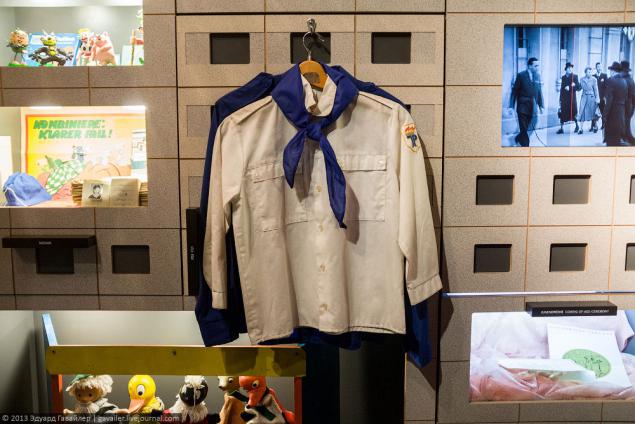
24
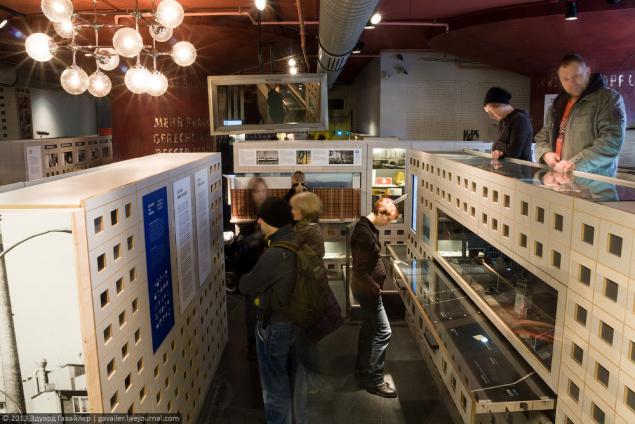
25. A bit of alcohol statistics. In 1988 the German Democratic Republic were almost world champions in the consumption: 140 liters of beer per year per capita pure alcohol - 16 liters per person. Alcohol has been the number one drug.

26. Camera investigative prison
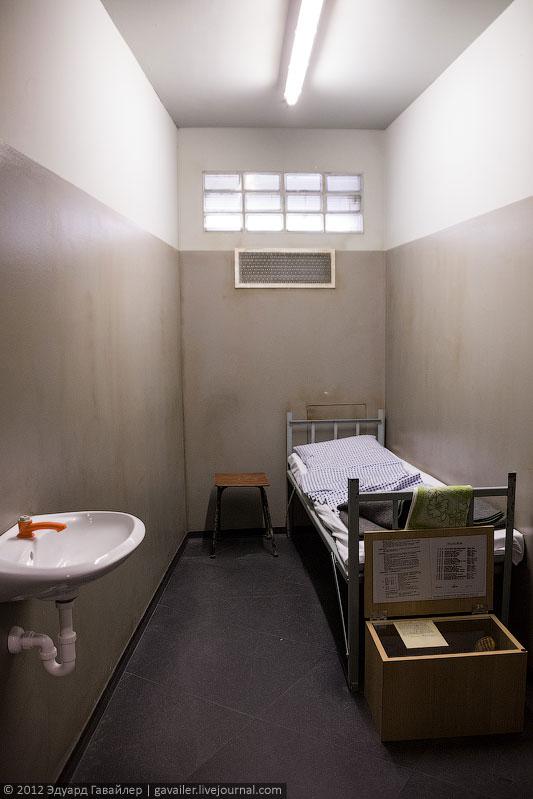
27. Some more details and motifs.
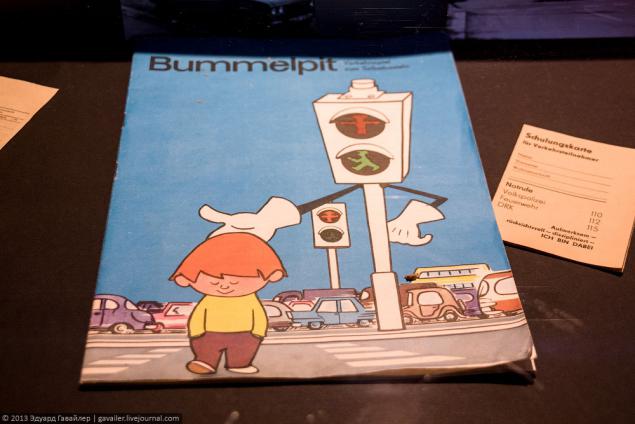
28
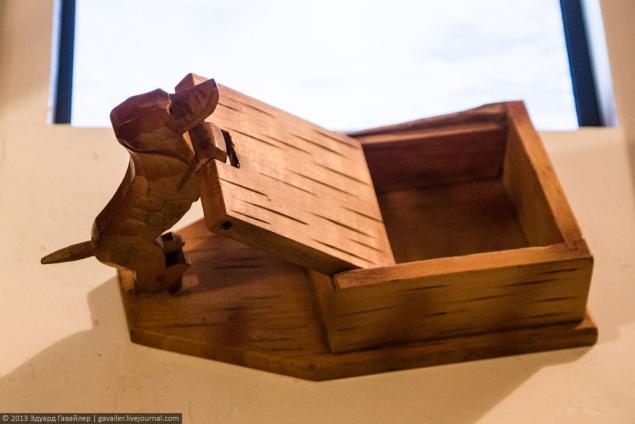
29
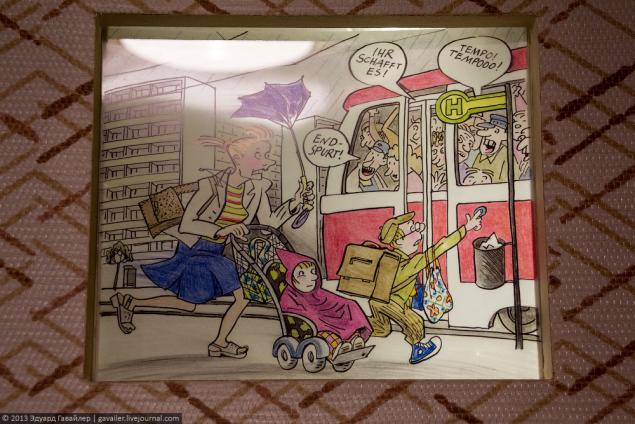
30
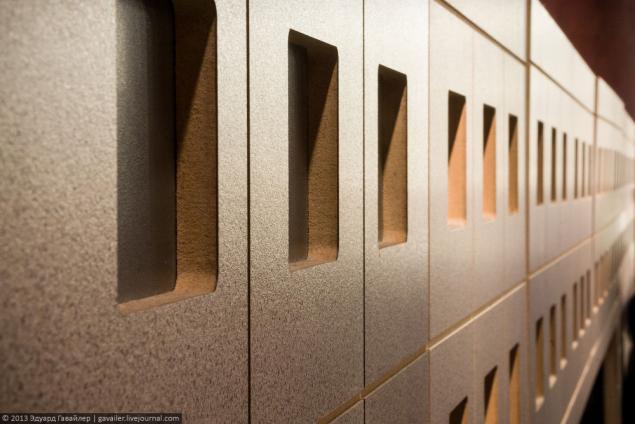
31
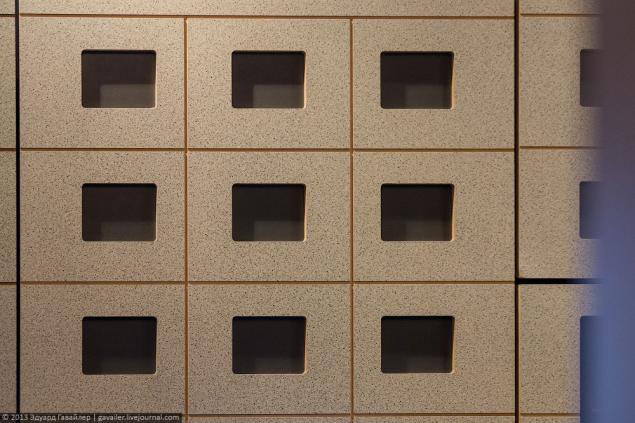
32
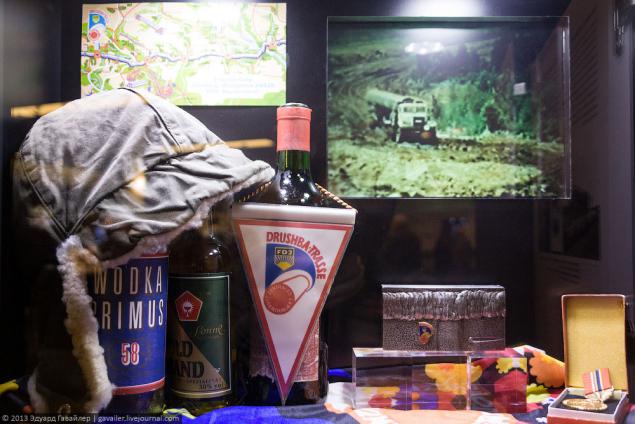
33
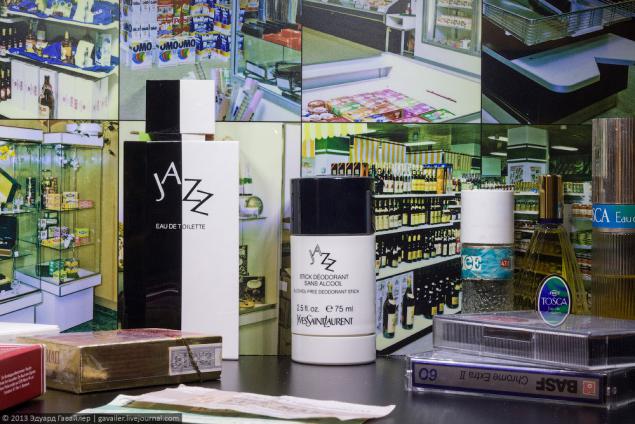
34. Why should an additional button on the phone?

35. Wallpaper.
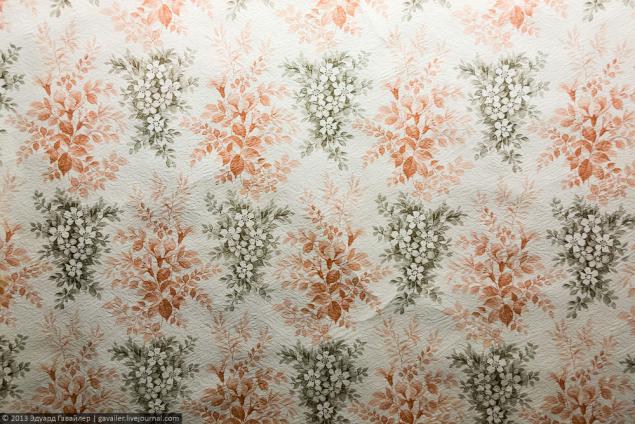
36. Stand the cassette.
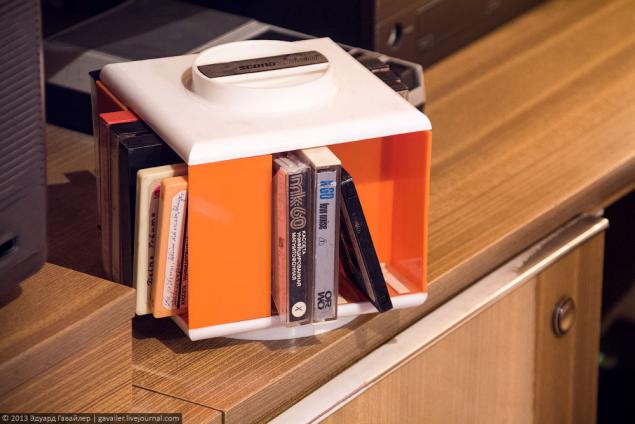
37. Instructions for the children, "How to be healthy and clean."
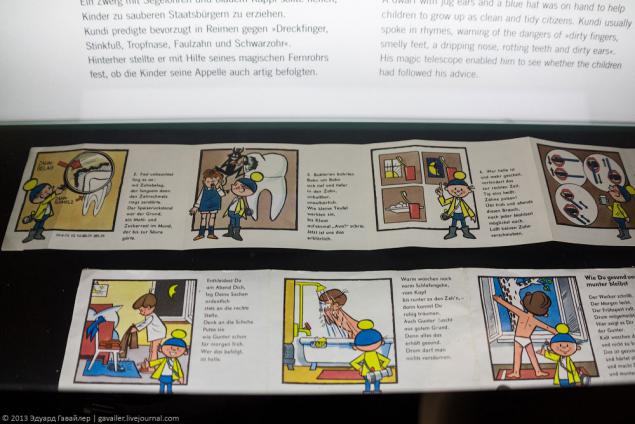
38

39
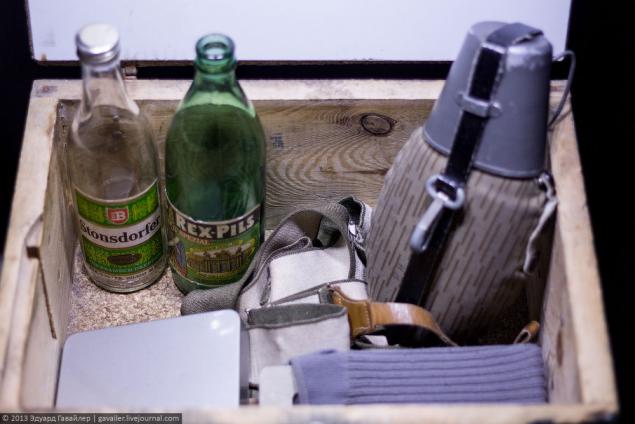
40. Solyanka. Butei Dppetit!
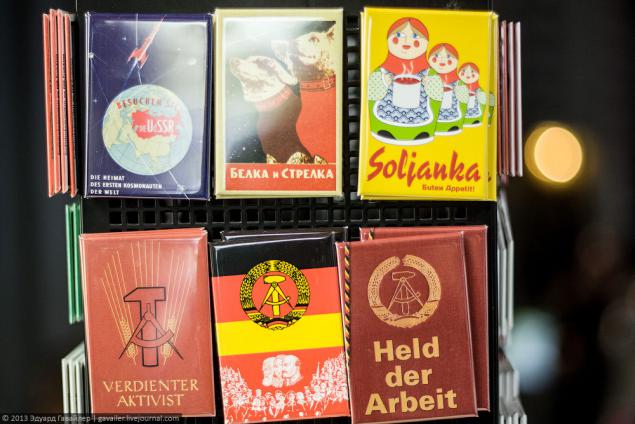
41. The second half of the 1980s was accompanied by economic hardship and unrest. In the fall of 1989 as a result of socio-political crisis of leadership of the Socialist Unity Party of Germany, led by Honecker resigned, November 9, 1989 was the "fall" of the Berlin Wall. Finally, the German Democratic Republic acceded to the Federal Republic of Germany and ceased to exist on October 3 1990.
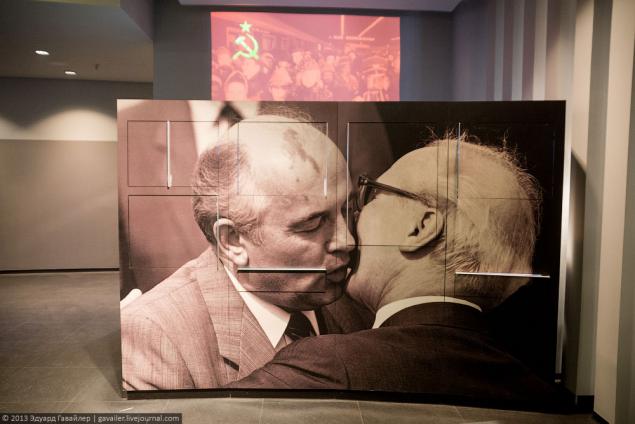
42. That is all. Meet the GDR and the Soviet Union can be ponostalgirovat of the thematic museum, located next to the Berlin Cathedral (DDR Museum, Karl-Liebknecht-Str. 1, 10178 Berlin).

43.
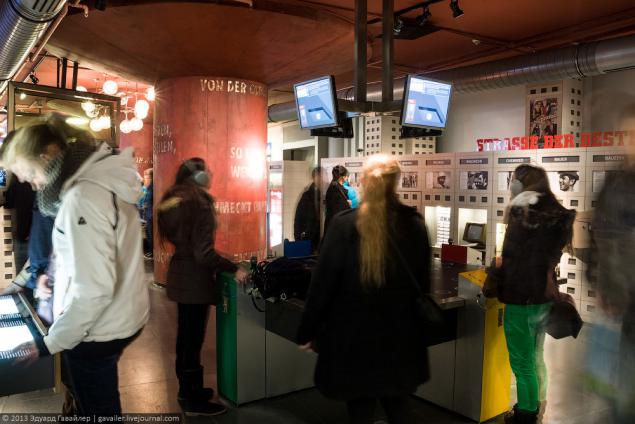
44
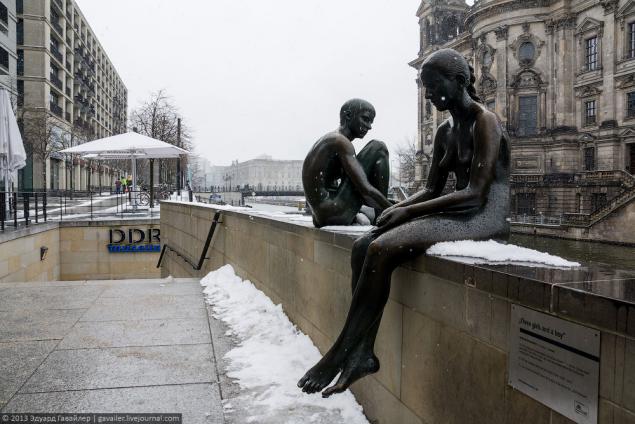
45
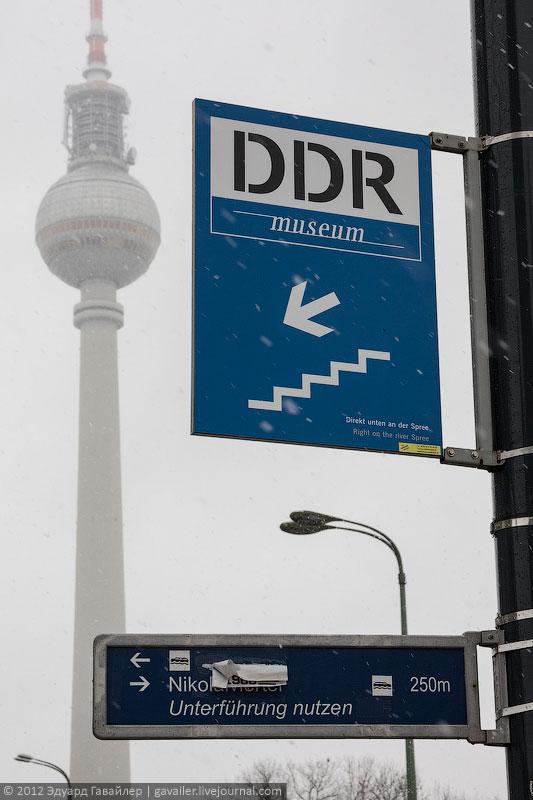
Source:
45 photos under the cut via Edward Gavayler

1. In order to experience the atmosphere of the time, we go to the Museum of the GDR.

2. The unconditional surrender of the German armed forces May 8, 1945, the formation of the Soviet Military Administration (SMAD), the division of the country into zones of occupation - key events, who founded the socialist German Democratic Republic, which was founded on Oct. 7, 1949.

3. How do people live? About as well as in the Union

4. The typical furnishing of the time (in fact, we have now a lot of these)

5. They taught Russian language

6. sometimes looked "Frost" on TV "Youth»

7. As part of the Peoples' Friendship corresponded with the citizens of the USSR.

8.

9. wardrobe.

10. "Our 'toilets.

11. Foreigners walk, marvel.

12. In the kitchen. The exposition informs on March 8 (however, hinting).

13. Siphon for making soda water. We had blue, and you?

14. We went mainly on satellites (it. Trabant), in second place were Wartburg (German. Wartburg), the third - Lada

15.

16.

17. Favourite transport ministers

18. My favorite kids' transport

19. Toys

20

21

22. Germans from the GDR knows Lenin's phrase "Study, study and study again." Employment - the main part of his life, she was at all. Who does not work - the "do not eat" and was harmful to society.

23. In the museum you can learn about all aspects of GDR citizens about the pioneers, about naturists (FKK), about the youth movements.

24

25. A bit of alcohol statistics. In 1988 the German Democratic Republic were almost world champions in the consumption: 140 liters of beer per year per capita pure alcohol - 16 liters per person. Alcohol has been the number one drug.

26. Camera investigative prison

27. Some more details and motifs.

28

29

30

31

32

33

34. Why should an additional button on the phone?

35. Wallpaper.

36. Stand the cassette.

37. Instructions for the children, "How to be healthy and clean."

38

39

40. Solyanka. Butei Dppetit!

41. The second half of the 1980s was accompanied by economic hardship and unrest. In the fall of 1989 as a result of socio-political crisis of leadership of the Socialist Unity Party of Germany, led by Honecker resigned, November 9, 1989 was the "fall" of the Berlin Wall. Finally, the German Democratic Republic acceded to the Federal Republic of Germany and ceased to exist on October 3 1990.

42. That is all. Meet the GDR and the Soviet Union can be ponostalgirovat of the thematic museum, located next to the Berlin Cathedral (DDR Museum, Karl-Liebknecht-Str. 1, 10178 Berlin).

43.

44

45

Source:
